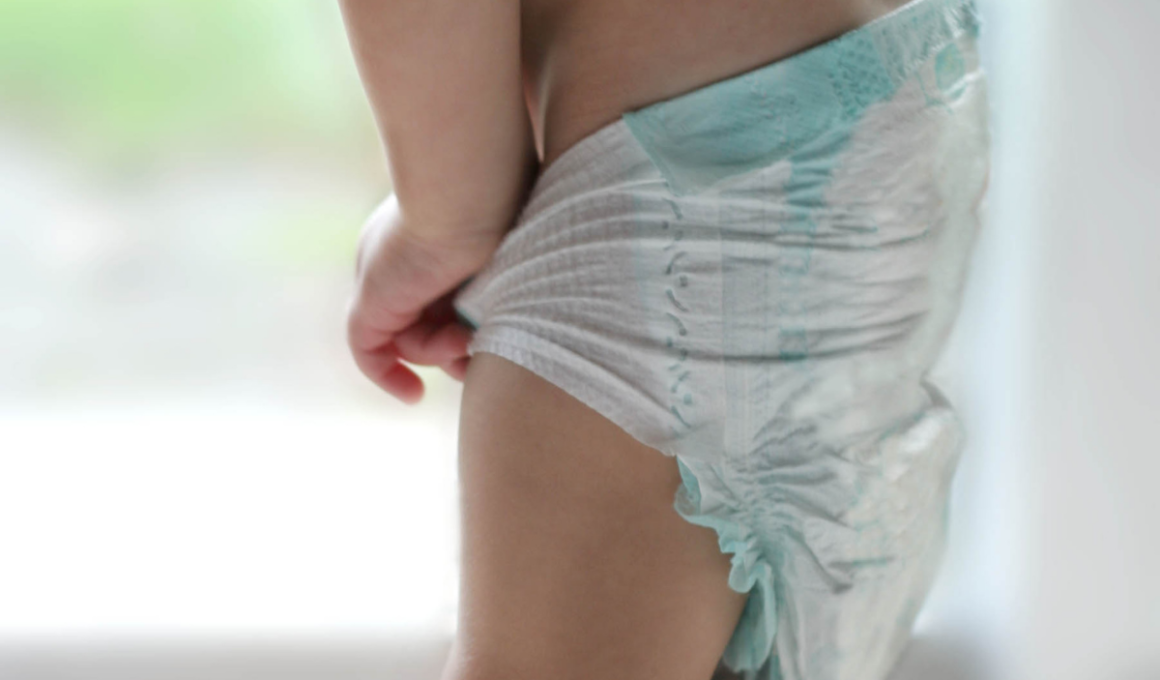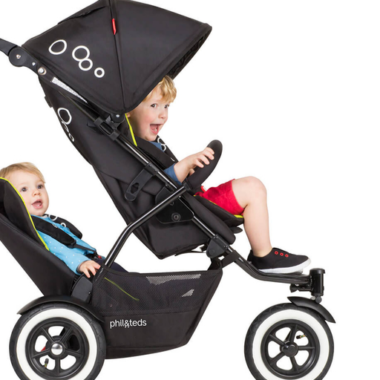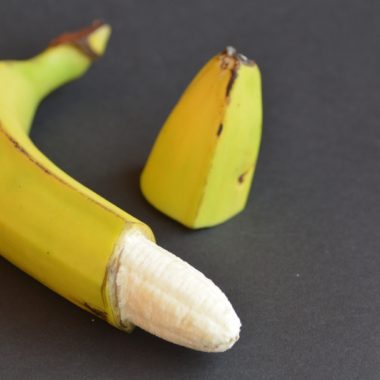Some toddlers find the fun and newly found skill of removing their diapers. While this may seem enjoyable for them, it may be frustrating for the parents. This may be as a result of one of two things – discomfort your child is experiencing when the diaper is on or your child simply getting ready to be potty trained. Having your child remove his diapers can be a little messy especially if there’s poop involved. To avoid this, it may be advisable to find ways to ensure your child is unable to remove his diapers. Before concluding it’s time to potty train, try to minimize any inconveniences your child might be experiencing when having a diaper on by doing the following:
- Ensuring that the diaper is not too tight: Use diapers with adjustable tabs, don’t leave it too tight or too loose.
- Choosing the correct size of diaper for your child: This will make your child feel comfortable.
- Changing the diaper at the right time: Don’t wait until the diaper becomes heavy or starts stinking, once you notice your child had pooped or pee-ed more than once, remove it. Experts have recommended that diapers should be changed after 2-3 hours but can stay a little longer as the child grows. Also, study your child well to know if he’s showing any signs of inconvenience to remove diapers immediately.
- Ensuring that you use a good brand for comfort: If you notice a negative reaction from your child each time you wear him a diaper, you can change the brand to see if that’ll help. If you use a cloth diaper, you can try a disposable diaper.
- Making your baby stay diaper-free for some minutes after removing the previous one: Don’t wear a new one for him immediately. This is to prevent or relieve diaper rash. Expose his bum for some fresh air.
- Selecting a more absorbing diaper: A diaper that absorbs more will be less likely to cause discomfort than a diaper that doesn’t.
- Treat your baby’s rash on time: Rashes can be painful and sore which can greatly inconvenience your child. Treating his rashes on time can save him from that discomfort.
After ensuring and putting all these into practice, if your child still removes his diaper and is not old enough to start using the potty, it is most likely that your child simply enjoys it so here are ways to curb that.
- Use duct tape on the diaper: The duct tape is more sticky and can hold the diaper firmer than the diaper tabs and this way your child will find it difficult to remove the duct tape. However, you should ensure that the duct tape is well placed on the diaper to prevent it from sticking to your child’s skin and avoid causing him pain.
- Wear pants for your baby after wearing a diaper: You can try this out while also ensuring that your child is comfortable. The pant makes it harder to gain access to the diaper. You can also wear a onesie for him to keep the diaper more secure.
- Wear your baby’s pajamas backward: The aim of turning the pajamas backward is to prevent your child from gaining access to the zipper or buttons. Once he doesn’t have access to any of these, removing the diaper becomes more difficult. If the pajama has feet, wearing it backward may be impossible or uncomfortable for the child, in this case (and if it’s old) you can cut the feet off.
- Turn the diaper around: Make the diaper tabs face the back, being at the front makes it easy for your child to pull. Wearing it backward will hinder your baby from doing so.
- Use bribes: When all options fail, promise your toddler a gift if he doesn’t remove his diaper. This can work as long as he is not uncomfortable.
- Teach your baby not to touch the diaper: Teach your child how to communicate with you when they feel uncomfortable with the diaper, probably due to wetness or being too tight.
- How Setting Postpartum Boundaries made me lose my brother - February 6, 2025
- How To Revive Your Sex Life After Baby - October 17, 2023
- The Sona App Aims To Make Your Child “Sleep Like A Baby” And We Tested It - May 14, 2023









1 comment
Many parents struggle with preventing their toddlers from removing their diapers. This item delves into helpful ways for dealing with this issue and maintaining diaper-wearing consistency. The article provides useful recommendations and suggestions to assist parents reduce nappy removal events. It could include suggestions like wearing onesies with snaps, using distraction strategies during diaper changes, ensuring a snug fit, or using diaper covers. This resource supports parents in managing this stage of their toddler’s development by providing helpful tips and solutions. Overall, it is an excellent resource for parents looking for ways to keep their toddler from removing their nappy.